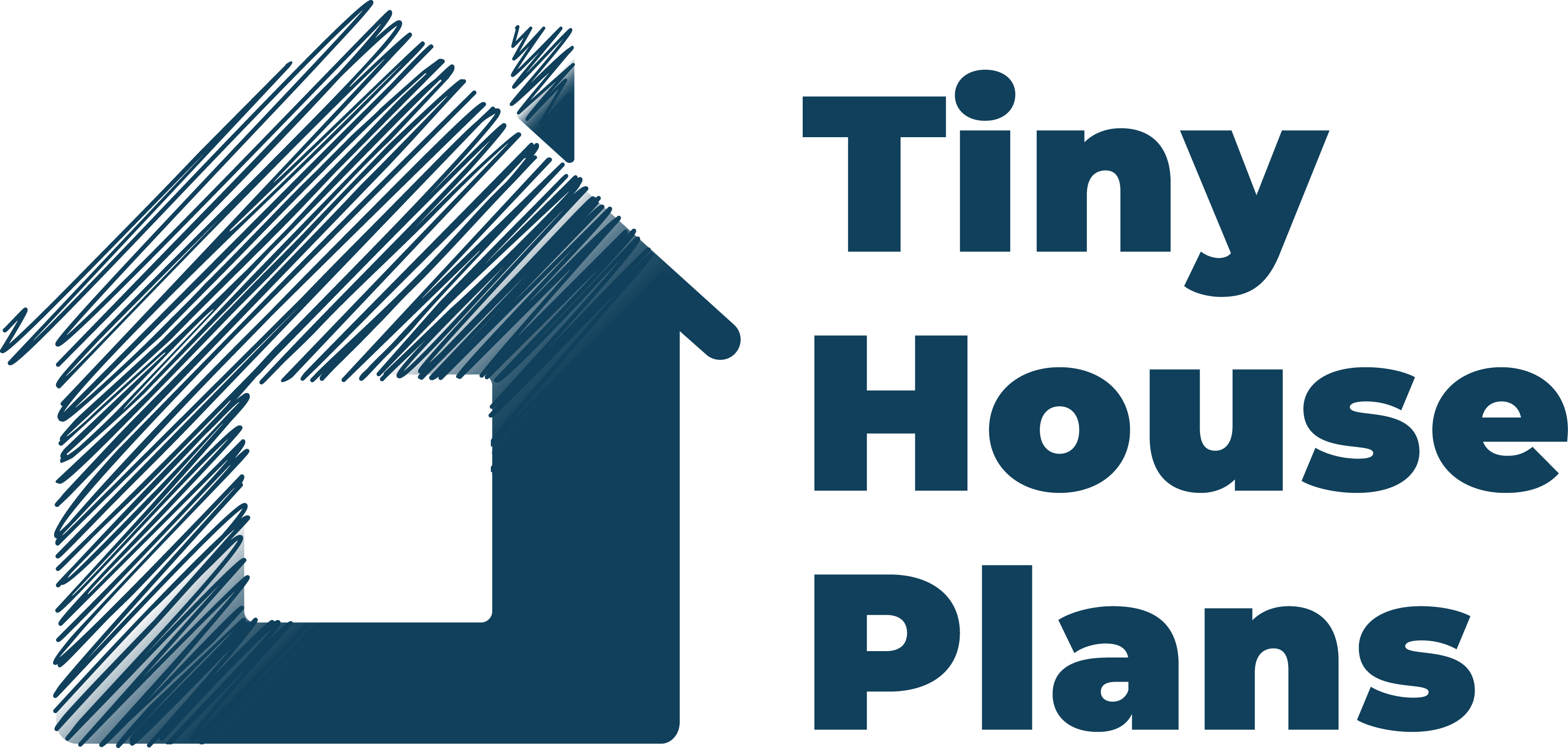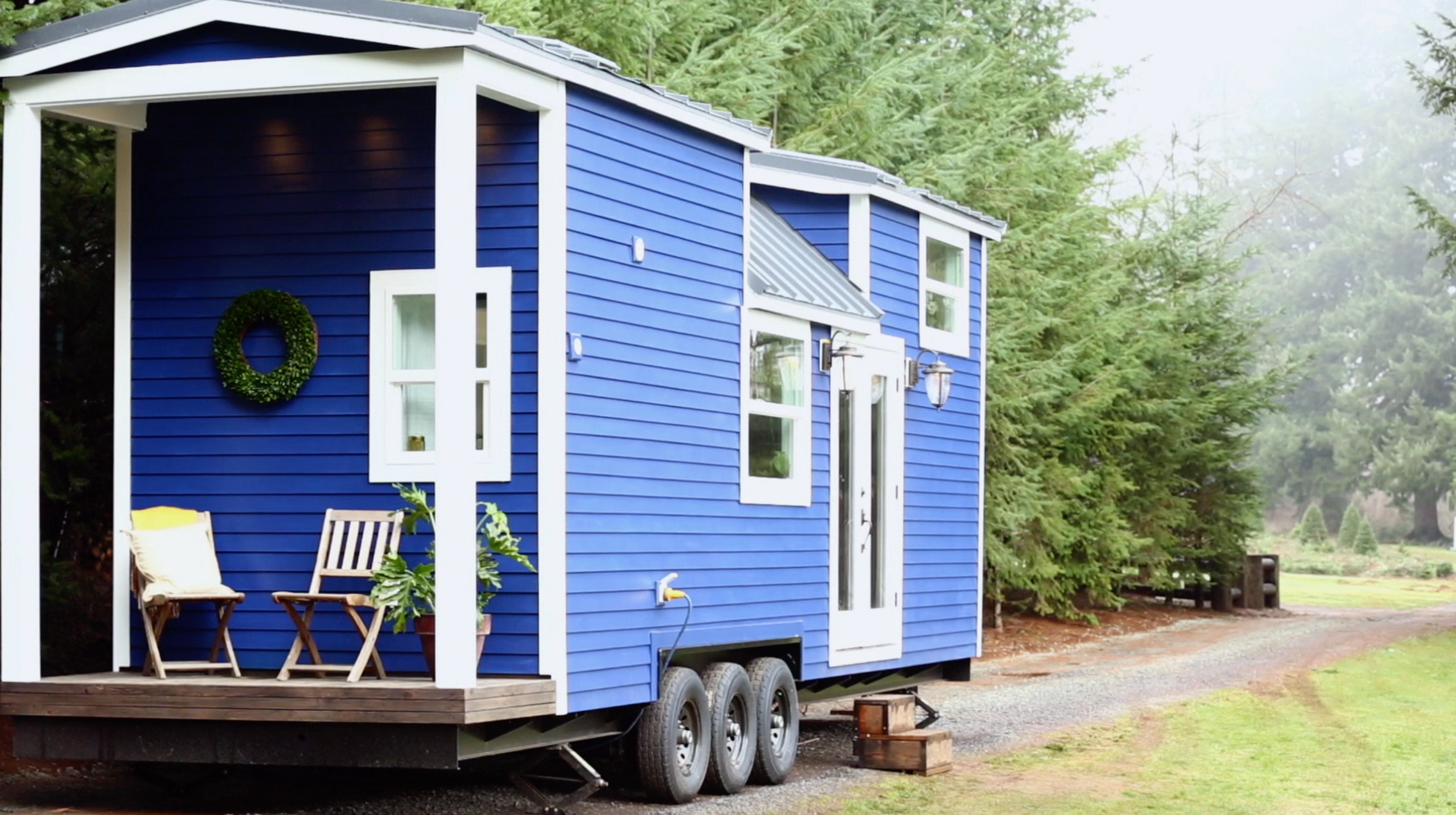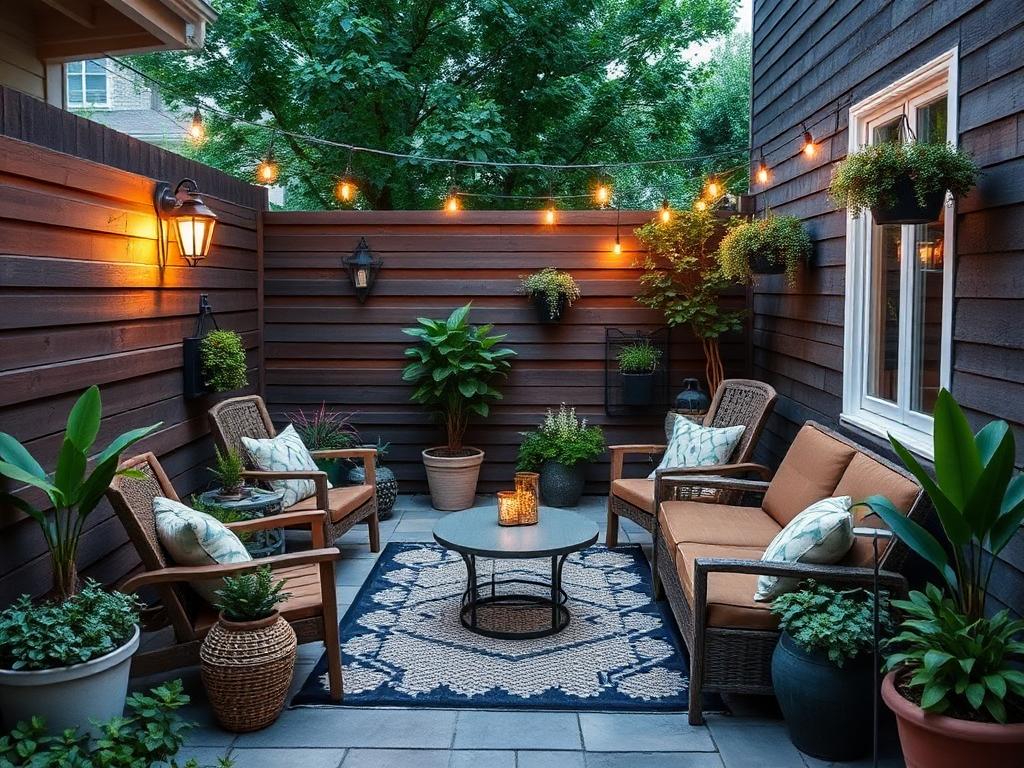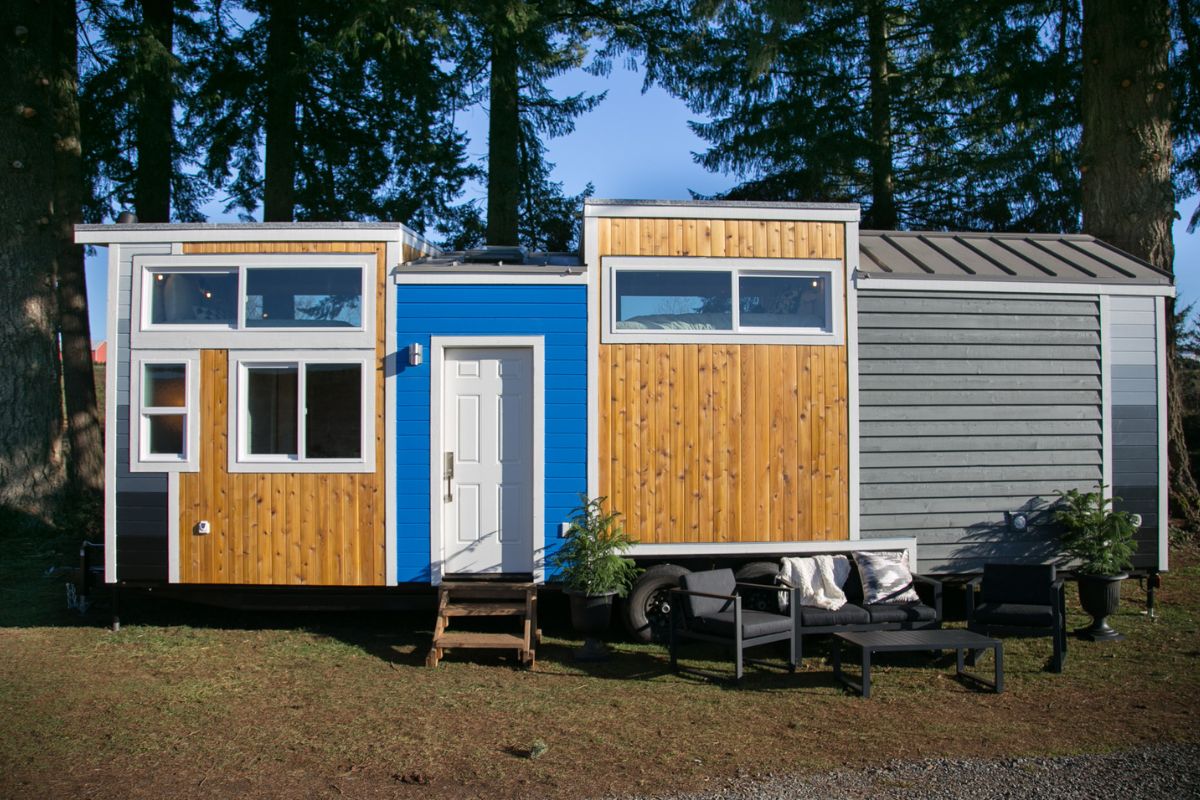Among all this, one thing usually gets overlooked by most homeowners with tiny houses. That is the question of specialized insurance coverage. These compact dwellings are vulnerable to accidents that can lead to financial loss.
Do you own a tiny home and are looking for ways to safeguard it after accidents? Then, in this blog post, we will delve into the intricacies of insurance policies tailored to your tiny dwelling.
Can You Get Insurance for Tiny Homes?
Unlike traditional buildings, tiny homes might not withstand extreme structural or water damage. For instance, the houses can face fires, gas leaks etc.
Hence, you must find specialty coverage for tiny homes to safeguard them after accidents. According to USA Today, these can cover personal property, the dwelling, medical expenses, liability and loss of use. Take a look at some factors that affect your tiny home’s insurance eligibility:
- DIY small buildings might not qualify for homeowner's policies.
- Tiny homes that pass a certified builder’s inspection parameters can qualify for mobile home or RV insurance.
- This type of house must meet the accessory dwelling unit (ADU) standards to be eligible for coverage.
Homeowners must analyze the local and state laws before getting an insurance policy. For instance, a tiny house with wheels will require you to register with the DMV to apply for RV insurance. It is best if you collaborate with an insurance agent or company to understand the requirements.
The Tiny House Insurance Policies You Should Look Into
You need to categorize your tiny home if it is within 400 square feet. There are two types:
- THOW: Tiny houses on wheels
- THOF: Tiny homes on a foundation
You can find specialized insurance options for your tiny homes based on the built type. For example, you can opt for renters insurance to safeguard your personal property rather than the dwelling. Even then, providers will require your home to meet zoning and building codes to qualify.
The policies that will likely cover your tiny home include the following:
- DIY build: It can qualify for specialty or renters insurance if it meets all the local codes.
- THOW: You can apply for RV insurance if it passes the Recreational Vehicle Industry Association (RVIA) certification and is registered with the DMV.
- THOF: This qualifies for manufacturer or mobile home insurance if it gets certification from the National Organization of Alternative Housing (NOAH).
- ADU: It can be eligible for the traditional homeowner's policy if the house meets local and state building codes.
Unfortunately, there are some limitations. For instance, these policies will not cover damages caused by natural disasters or accidents like floods and earthquakes. Similarly, you cannot file claims if your stationary house is being moved or if there is an accident. Insurance will also not cover general wear, rot or mold damage on THOW.
How Can You Claim Insurance for Your Tiny Home?
To claim home insurance for your tiny house, you must follow these steps:
- Promptly notify the providers about the incident.
- Take videos or photos of the damage to your tiny home and belongings.
- Provide the policy number, certifications, registration and other documents.
- Cooperate with the insurers by answering questions.
Once done, you can review and reevaluate the settlement offered to negotiate any changes. You will also need to complete paperwork before finalizing the claim.
.jpg)
How Can Your Insurance Providers Help?
According to Hippo, claiming insurance for any house can be stressful. Let us say there was a fire in your tiny home due to faulty wiring and electrical issues. Now, you would like to make claims for that.
Homeowners can ask their insurance providers for guidance and support. These professionals will help you through the fire insurance claims process by answering your queries and providing updated information.
When it comes to tiny home claims, you need assistance from inspectors and other service providers. They will help you fill out the First Notice of Loss (FNOL) acknowledgment to gather initial reports about the accident. You will also work with insurance adjusters for scheduled inspections, reviewing information and more. The provider will then evaluate the claim and offer the rightful compensation.
How Much Can Tiny House Insurance Cost?
A report by the U.S. Sun states that a man built a small home for his mother without any experience. He later turned this passion into a successful business. These houses now sell at cheaper prices than motor vehicles and have a low insurance cost.
On average, a tiny home between 100 and 400 square feet costs only USD 60,000. However, the median price for traditional houses is USD 420,800.
Industry leaders believe insuring a tiny home can be challenging. It is not about the price but the associated risks. That is because tiny houses are more prone to property theft, electrical fires and other accidents.
Insurance for traditional houses will cost USD 2,511 every year. Similarly, you only have to pay USD 1,687 yearly for tiny homes to get USD 250,000 in insurance coverage. The exact costs will depend on location, policy limits, natural hazards, building materials used, inspections, deductibles, and add-ons.
4 Tips to Maximize Insurance Benefits for Your Tiny Home
Reports suggest that 9 out of 10 Americans would prefer living in tiny houses because it helps save money. These homeowners will surely look for ways to maximize their insurance benefits.
You can do that with strategic planning and by following these tips:
- Review your coverage needs to access unique insurance based on your specific tiny home structure, location, etc.
- Bundle your tiny home insurance with other policies to save on the overall yearly premium costs.
- Install safety devices (smoke detectors, fire extinguishers, security alarms) to increase your chance of receiving claims.
- Inquire about discounts on net premiums based on loyalty and your claims-free history.
You should also keep a detailed record of the home’s construction, improvements and upgrades. Doing so will help you find an accurate coverage option for your specific requirements.
In summary, challenges can arise from navigating the nuances of insurance coverage for your tiny home. Examples include value, inspection status, the home’s size, the intended coverage level and more.
As mentioned, you can get a mobile home or RV or be part of a homeowner’s policy. All in all, you need careful consideration when choosing home insurance policies that can shield you from the uncertainties of life. This way, you can protect your investments and secure your financial well-being while living in tiny homes.






Share: